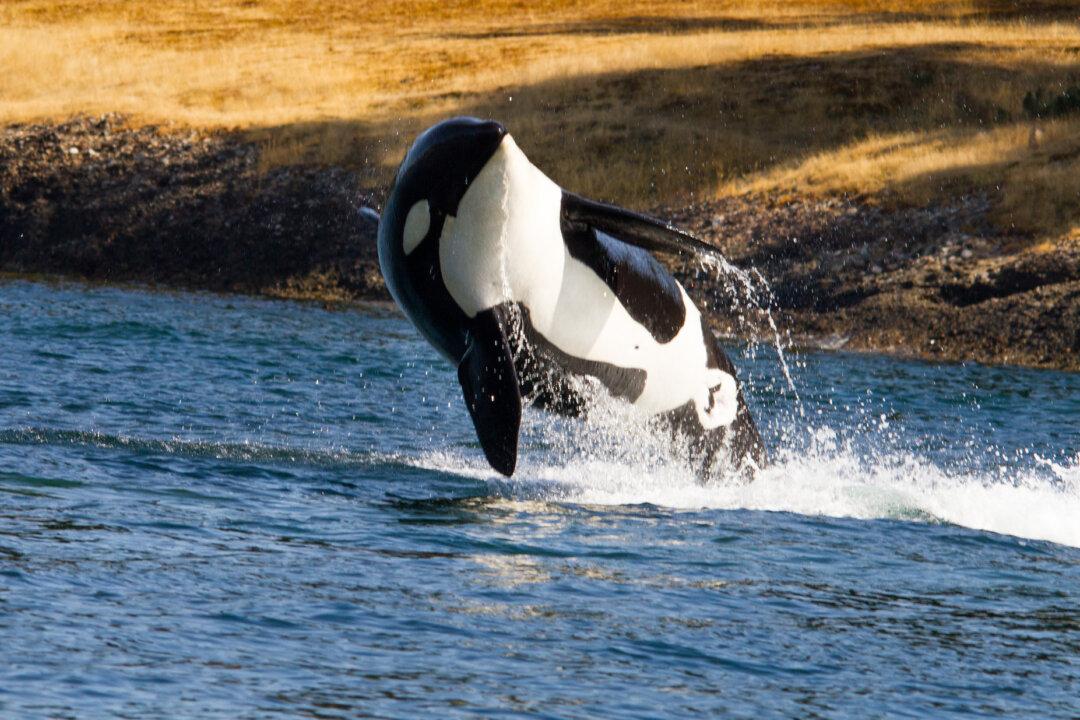The speed of vessels operating near where killer whales live is the most influential factor—even more so than size—in determining how much noise reaches the endangered animals.
Previous studies have shown that Southern Resident killer whales alter their behavior in the presence of vessels and associated noise, which affects their ability to communicate and find food. The whales likely expend extra energy to call more loudly when boats are operating nearby.
The new study is the first to examine how much noise from individual boats reaches the whales in the inland waters of Washington and British Columbia, where they are a popular attraction for recreational and commercial whale watching vessels.
“It definitely seems that speed is the most important predictor of the noise levels whales experience,” says Juliana Houghton, a recent graduate of the School of Aquatic and Fishery Sciences at the University of Washington and lead author of the study.
The whale watching fleet has increased from fewer than 20 commercial boats in the 1980s to roughly 80 boats serving about 500,000 people a year, with an estimated $70 million value to the economy of Washington and British Columbia. In addition, the whales are frequently in the vicinity of ferries as well as private whale watching, fishing, and shipping vessels.
NOAA Fisheries has identified vessel traffic and noise as one of three main threats to recovery of the endangered population of resident killer whales, which now numbers about 80 animals, and has focused research on measuring and understanding the effect on the whales. These results and other studies will inform a NOAA Fisheries review of the effectiveness of vessel regulations over the coming year.
“The goal was to understand this missing but assumed link between what we see at the surface and what the whales experience at depth,” Houghton says.
For the study, published in PLOS ONE, researchers temporarily attached digital acoustic recording tags, or DTAGs, to the whales with suction cups to track the amount of boat noise reaching the animals. The tags include hydrophones that record sound until they automatically detach from the whales after a few hours.
Meanwhile a laser positioning system on a nearby research boat tracked vessels within 1,000 meters, or more than a half-mile, recording their size, speed, location, and vessel type. Coauthor Deborah Giles of the University of California, Davis, developed the system.
The DTAGs and laser positioning system helped scientists overcome the limitations of previous studies that looked only at noise in the whales’ environment and counted the number of boats instead of looking at the more detailed characteristics of each boat.




